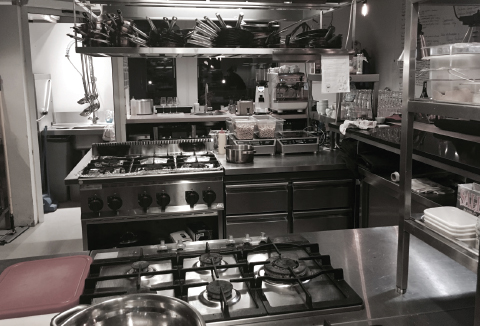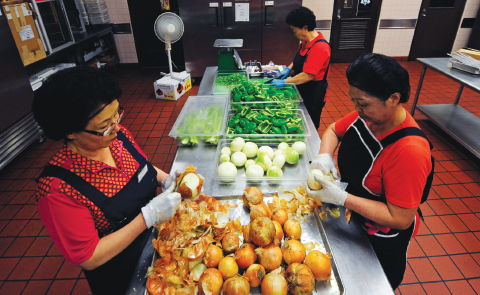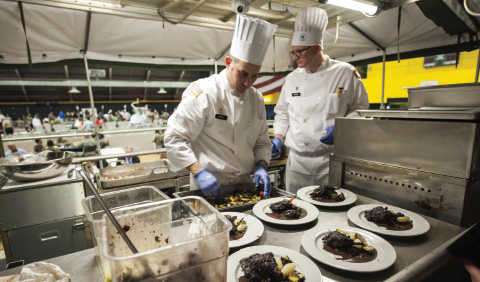
When any establishment wants to expand their visibility, they would adopt the chain concept and set up branches in different locations. Chain stores usually operate on standardised business methods and practices and are wholly owned by the founding company. This allows the owner full control of the direction and growth of the brand.
Restaurants running on a chain concept are built to the brand’s standard format in terms of outlet layout, kitchen design, menu, equipment use and Standard Operating Procedures (SOP). While your next store would be a duplicate of the first one, it doesn’t mean you will do a copy-and-paste version.

FINANCES
As the store is wholly owned by you, a substantial capital would be required to set it up compared to franchising where the franchisee would pay you the proprietary charges. On top of that, you will need to save some to cover contingencies and avoid dipping into other outlets’ finances to make up for the new store; although it would be reasonable in the initial stages. However, if you find yourself consistently covering losses using profits from other outlets, it is time to re-evaluate.
RISK FACTORS
In correlation with the above, the parent company assumes all risk and responsibilities over stores they control and open. Areas like employee welfare, food quality, adherence to regulations, management and monetary issues will fall back on you. Therefore, it is vital to have a strong overall management team in the company to monitor each outlet.

High headcount – People, People and People.
It is not just the management team; the people on the ground are just as important. Every single employee relies on clear guidance and concise instructions. You must have enough headcount to ensure that all your stores stay open. If your outlets operate only on a minimum, 1 or 2 absent employees can throw a wrench into your operations and how your management team responds to this is crucial. This is most apparent when a new store opens or when you run an attractive promotion across all stores.

MENU AND PREPARATION
Are you thinking of setting up individual kitchens in each outlet or is a central kitchen more practical for the kind of food you serve? Adoption of technology is important for chains as you can’t replicate a chef for every store that you own.

It can be central kitchen cooking and delivering to outlet; with the latter rethermalising and doing the finishing. The kitchen can also be a combination of cooking a la minute and rethermalising/finishing of products though consistency could be a potential problem if your menu requires skilled production.

However, it is also possible for menus to differ between places due to consumer preferences, ingredients availability or logistic issues.

LOCATION & LIMITATIONS
Most chain stores look the same but not everything falls into place as desired. You might want a specific location but the space might not allow for certain layouts or fixtures, perhaps even restrictions in terms of regulations. A chain allows you the flexibility to make these changes or improvise quickly as you see fit according to the locations and limitations at hand.
For a chain, the question would only be “What can I improvise now for my brand today?










